If you are thinking about your child’s education and development from infancy and want to contribute something to yourself, welcome. We take a closer look at the Waldorf Education Approach, which determines your child’s personality up to the age of 7 and promises him a completely different life.
Many new parents today have a common concern for their children: education. We care too much about their future, and we ponder over their education and personal development. For the future of our children, it is of great importance to determine an educational approach when they are still in their infancy, to understand it first and then to apply it.
With this article, we will eliminate all the worries and concerns of new parents about their children. Father Advice series we begin. The first issue we will address is education. In this context, the emerging Waldorf education approach We’ll take a closer look. If you’re ready, let’s start.
An educational approach based on order and science that allows your child to gain a lot up to age 7: Waldorf
Waldorf Education approach, Founded by the Austrian philosopher Rudolf Steiner Anthroposophy* It is an educational approach that combines the principles of It was founded in Stuttgart, Germany in 1919. Waldorf School Waldorf education approach, which started to be implemented with; order has internalized science and esotericism.
Maybe it will be very deep information, but it is important: The esoteric movement, which was founded on sharing information only with people who are competent in that subject, was already a rising understanding in Germany in 1919. Request Waldorf Education Approach/Model this is how it turned out. Based on the philosophical movement Anthroposophy, which argues that the key to wisdom is only in the person himself, the Waldorf Education Approach argues that the first 7 years are of great importance for your child’s personality.
The basic rules of the Waldorf Education Approach, which serves as a guide for parents:

- Kids are not racing cars
- Be in touch with nature
- teach them to play
- Become a storyteller
- Daily routines
- art, art, art
Children are individuals, not race cars:
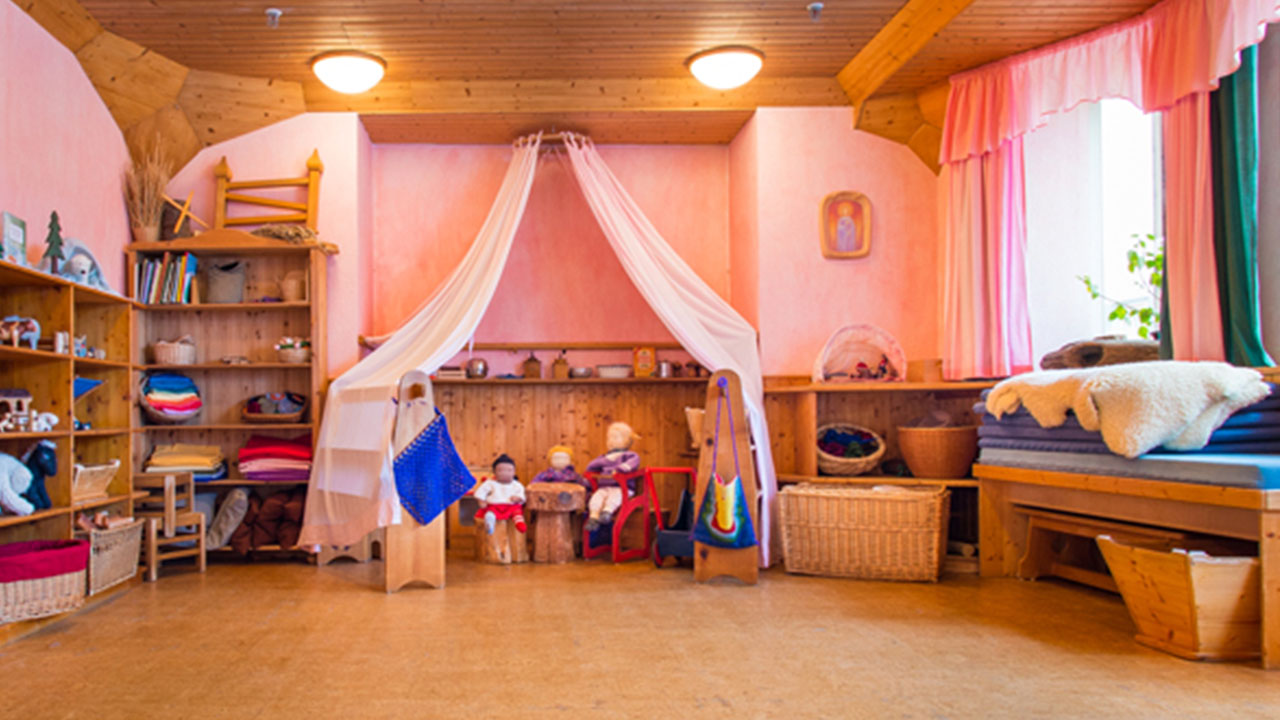
One of Waldorf’s most basic rules is that you should never compete with other children. If you do this, your child will begin to transform into other people you compare to. That’s why the philosopher Rudolf Steiner called children a “teaching bookdefined as ”. In other words, understanding and giving meaning to a child is a behavior that should be done not only by teachers in charge of education, but also by everyone, including his mother and father.
Every child has different needs as an individual, and every child evolves through different needs. It is necessary to examine and learn about children individually. For this reason, children in the Waldorf Approach they are individuals should be reminded.
Be in touch with nature
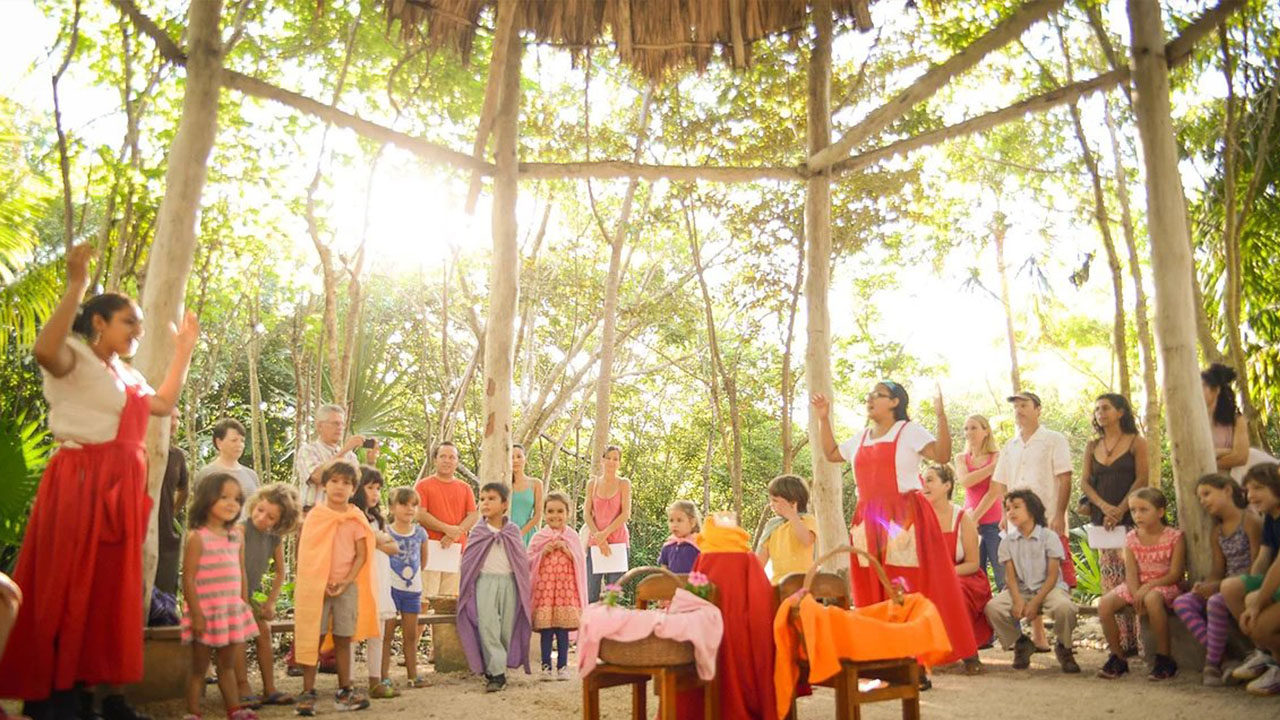
Children who frequently connect with nature; they turn into better individuals, they become individuals who respect the world and life. The child who understands nature strives for a better society in his later life. The Waldorf Approach will be intertwined with nature, will love a tree, observe insects without fear, and know the scent of every flower; briefly raising individuals who know nature it aims.
Teach them to play with real toys:
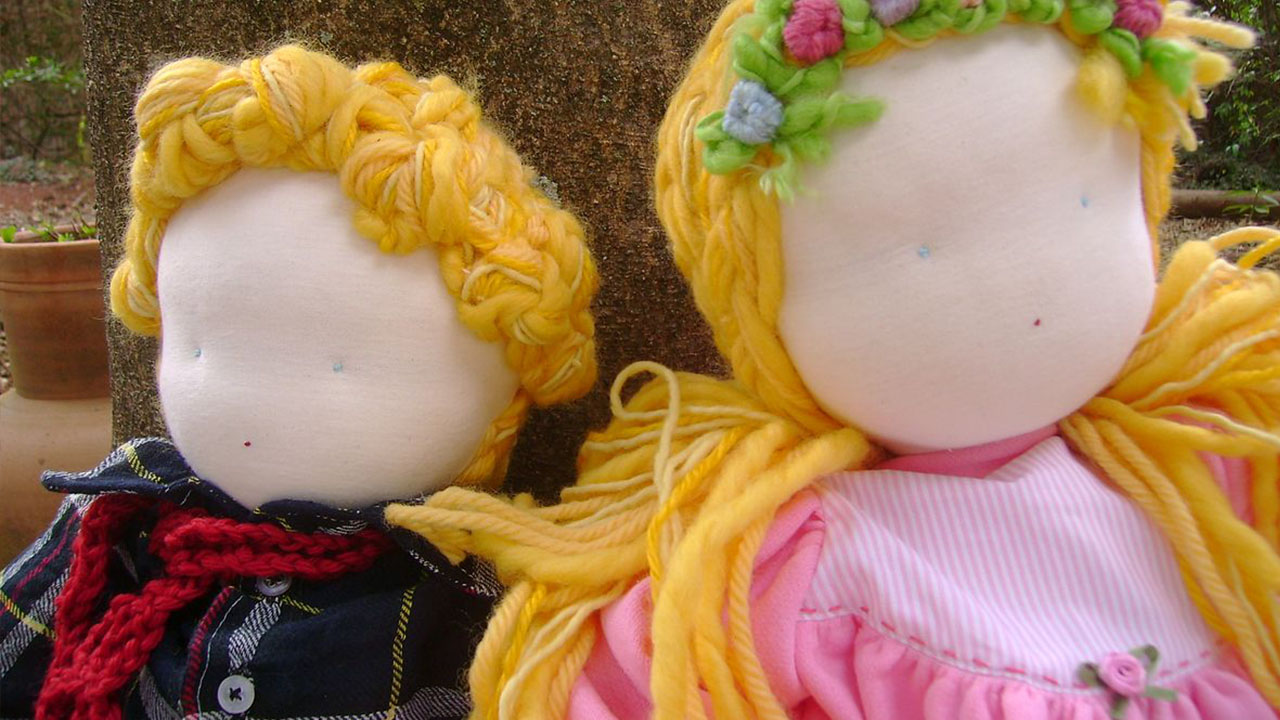
For example, toys suitable for the Waldorf Approach do not have faces or arms. Although this expressionlessness may sound impromptu at first, children visualize these expressions for expressionless toys, which triggers their creativity.
While natural and expressionless toys improve the child’s creativity, they cannot impose any emotion on the child. If you are a child, you cannot replace the expression of a constantly smiling baby with crying, and you will have difficulty learning the feeling of sadness that results in crying. Emotionally, your child should be how he wants the toy to behave.
Waldorf toys cardboard, cones, shells, piece of paper, tree branches, etc. It can be anything found in nature. You should keep your child away from industrial toys and instead integrate them with nature and support their imagination.
Be a good storyteller:
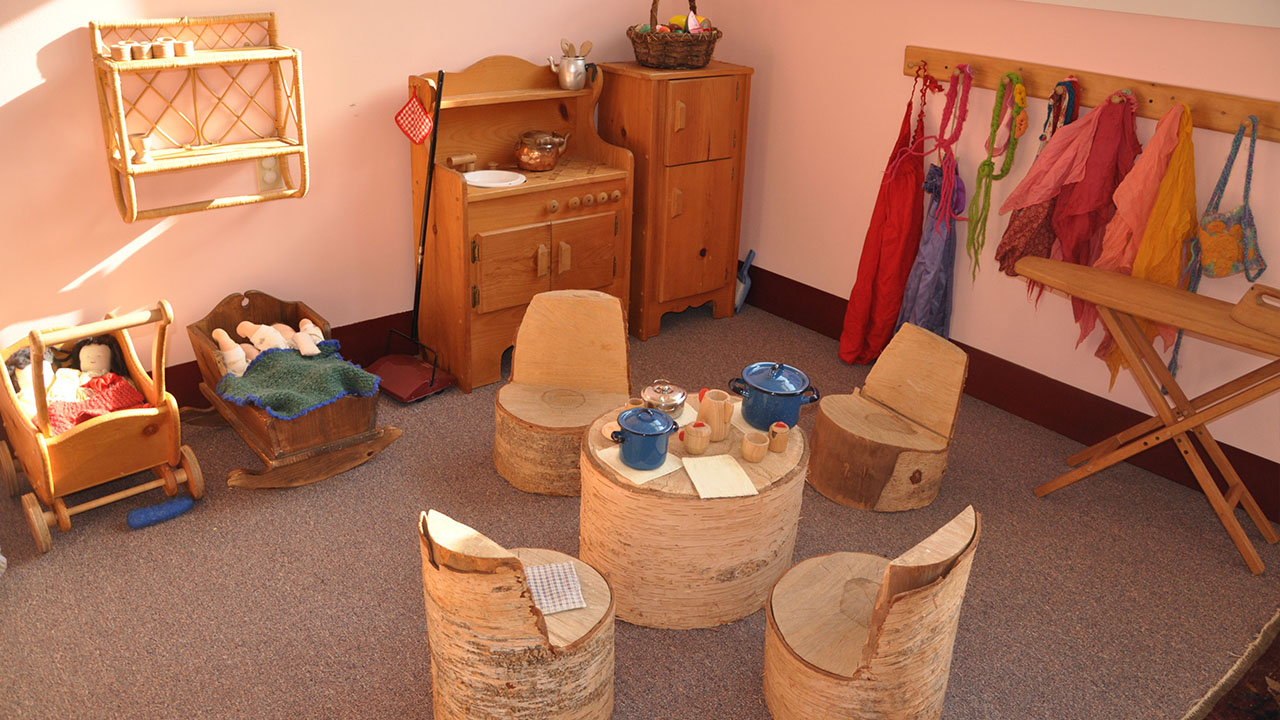
“If you want a child to be smart, tell him stories; if you want him to be a genius, tell more stories.”
According to the Waldorf Approach, it is very important to contribute to the intelligence development of children by telling fairy tales. The child will learn to imagine and animate descriptions thanks to the fairy tales they listen to. Reading a story means getting a reference from somewhere for the child, but tell a story and draw inferences from the story told Develops a child’s imagination.
Have daily routines with your child:

You must have a daily routine with your child. E.g sing the same songs when you wake up in the morninglunch hours, family time seem to be activities that increase the child’s sense of confidence.
Even telling about the rotation of the world, the months, the seasons, the fruit and vegetable times is of great importance for the child to understand nature, the world and the universe.
Art Art Art
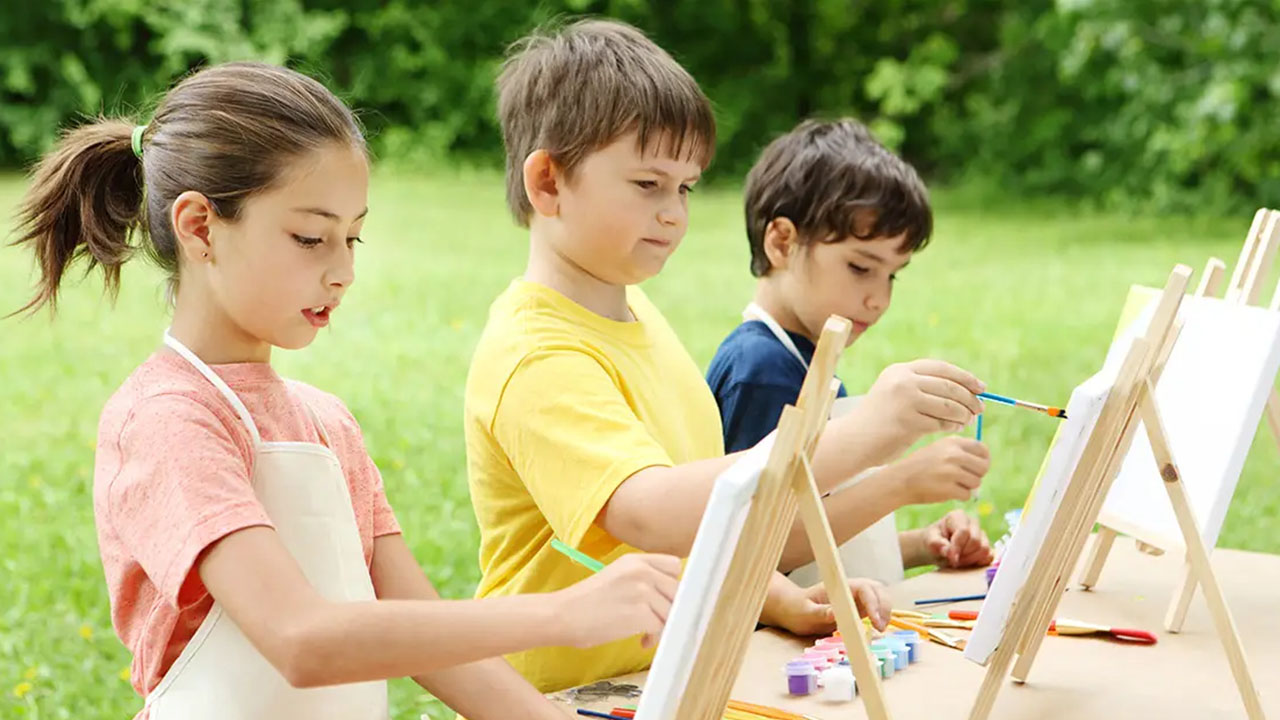
“Art” occupies the biggest place in the Waldorf Approach. It is very important to direct a child to art and to reveal his artistic personality. According to the Waldorf Approach, a child must have a must learn to play an instrument and should be interested in one more branch of art. According to this approach, art is one of the most important elements for the child to express himself and express his feelings.
Research the institutions that provide the Waldorf Education Approach in Turkey:
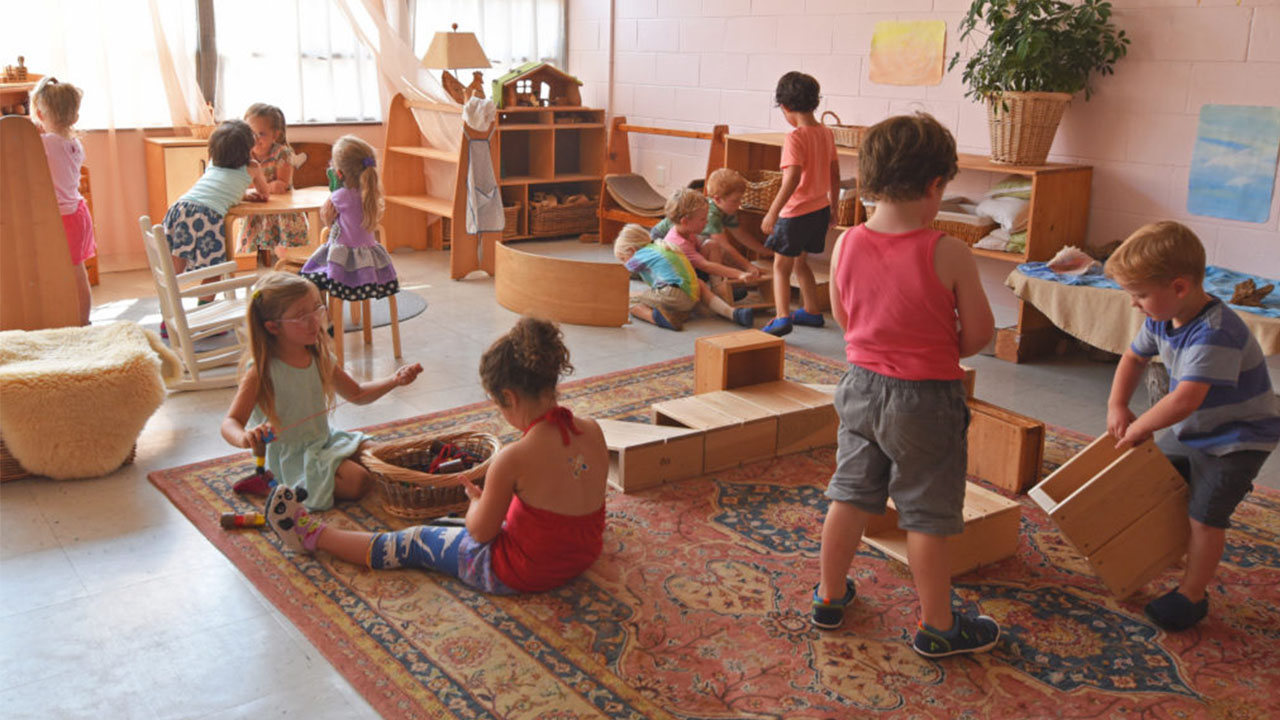
The prices of natural toys, which we describe as “simple, plain” in an interesting way, are quite expensive in Turkey. If you complain about the prices of toys that you can give the Waldorf Approach, you can also try to make it yourself at home.
However, there are many institutions claiming to provide Waldorf education, we recommend that you research these institutions very well. You can also see that they work with people who are not experienced in Waldorf education.
